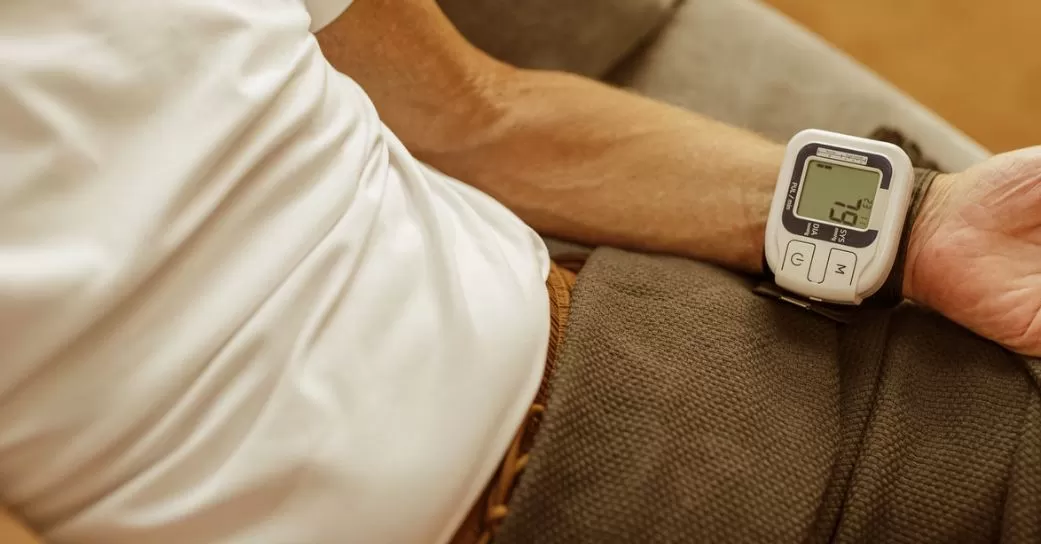Your diet has a significant impact on your blood pressure, and eating healthier foods can help you manage and treat hypertension if you have it.
While blood pressure drugs work rapidly, patients typically need to make long-term dietary and lifestyle adjustments to keep their blood pressure under control.
What is Blood Pressure?
From our heart to the rest of the body, blood exerts pressure through the arteries. The systolic number refers to when the heart pumps blood out, and the diastolic number refers to when the heart relaxes before the next beat. When the numbers are read, they appear next to or on top of one another. We can see the systolic number is on top, and the diastolic number is on the second.
We consider a healthy blood pressure is considered to be less than 120/80. If you have high blood pressure, also called hypertension, or be at risk for high blood pressure, you may want to consider a few changes in your diet that may help lower your blood pressure. By watching what you eat, you may avoid or minimize the need for blood pressure medications.
How can eating affect your blood pressure?
When a person eats, blood is sent to the digestive tract to promote digestion, resulting in a temporary drop in blood pressure in other body parts.
Blood vessels constrict outside the digestive tract, causing the heart to beat quicker and more strongly. It contributes to the maintenance of normal blood pressure throughout the body.
After eating, some people report a steady decline in blood pressure. At a specific moment when the blood vessels outside of the digestive system do not contract, this comes into play. Hypotension postprandial, or low blood pressure after eating, is the medical term for this syndrome.
Postprandial hypotension is more common in people with high blood pressure. Complications of postprandial hypotension include:
- fainting
- nausea
- falling
- dizziness
- light-headedness
- angina or chest pain
- visual disturbances
A reduction in blood pressure can also be induced by fasting for lengthy periods. It may also raise the risk of electrolyte imbalances and vitamin deficiencies in a person.
Meanwhile, certain meals can raise a person’s blood pressure after consuming them: foods high in salt might produce a momentary jump, while those high in saturated fats can pose a long-term danger.
DASH Diet
Dietary Approaches to Stop Hypertension (DASH) is a term for Dietary Approaches to Stop Hypertension. It is a nutritious eating plan that can help you manage or avoid high blood pressure (hypertension).
All the foods high in potassium, calcium, and magnesium are part of this DASH diet. And these nutrients aid with blood pressure management, and it is helpful to restrict sodium-rich, saturated-fat-rich, and sugar-rich foods.
This special diet has been demonstrated in studies to decrease blood pressure in as little as two weeks. With this, low-density lipoprotein (LDL or “bad”) cholesterol levels in the blood are reduced by eating a healthy diet. Two main risk factors for heart disease and stroke are excessive blood pressure and high LDL cholesterol levels.
For several years, women who followed the DASH diet lowered their coronary artery disease and stroke risk. Follow these guidelines to begin the DASH diet (based on 2,000 calories per day):
- 7-8 servings of grains every day (1 piece of bread, 1/2 cup cooked rice or pasta, 1-ounce dry cereal)
- 4-5 daily servings of vegetables (1 cup raw leafy greens, 1/2 cup cooked veggie)
- 4-5 servings of fruit every day (1 medium fruit, 1/2 cup fresh or frozen fruit, 1/4 cup dried fruit, 6 ounces fruit juice)
- 2-3 servings of low-fat or fat-free foodstuffs each day (8 ounces milk, 1 cup yogurt, 1.5 ounces cheese)
- Two or fewer portions of lean meat, poultry, and fish each day (3 ounces cooked meat, poultry, or fish)
- 4-5 servings per week of nuts, seeds, and beans (1/3 cup nuts, two tablespoons seeds, 1/2 cup cooked dry beans or peas)
- Take two to three servings of fats and oils (1 teaspoon vegetable oil or soft margarine, one tablespoon low-fat mayonnaise, two tablespoons light salad dressing)
- Less than five servings of sweets per week 1 tbsp. sugar, jellies, or jam
Conclusion
High blood pressure raises the risk of other serious cardiac problems, including atherosclerosis and heart attack.
Direct dietary and lifestyle modifications may result in blood pressure reductions that are rather immediate. In rare circumstances, cardiologist doctors may prescribe medications to assist in maintaining blood pressure in check while a person makes dietary and lifestyle modifications.
Frequently Asked Questions (FAQs)
1- Is fish good for blood pressure?
If you choose fatty fish high in omega-three oils, adding fish to your diet can help you decrease your blood pressure. Two kinds of fish Salmon and mackerel, are high in omega-3 fatty acids and should be included in a heart-healthy diet.
2- Is salt affecting my blood pressure?
Yes! Salt is the main reason to retain water, and if you consume too much, the additional water in your body might cause your blood pressure to rise. Controlling salt in your diet is simple if you remember that our daily need is likely already included in the prepared items we eat, such as bread and morning cereals.
3- What are four factors affecting blood pressure?
These include:
- Being overweight or obese
- Too much salt (sodium) in your diet
- Too little potassium in your diet
- Not being physically active.
